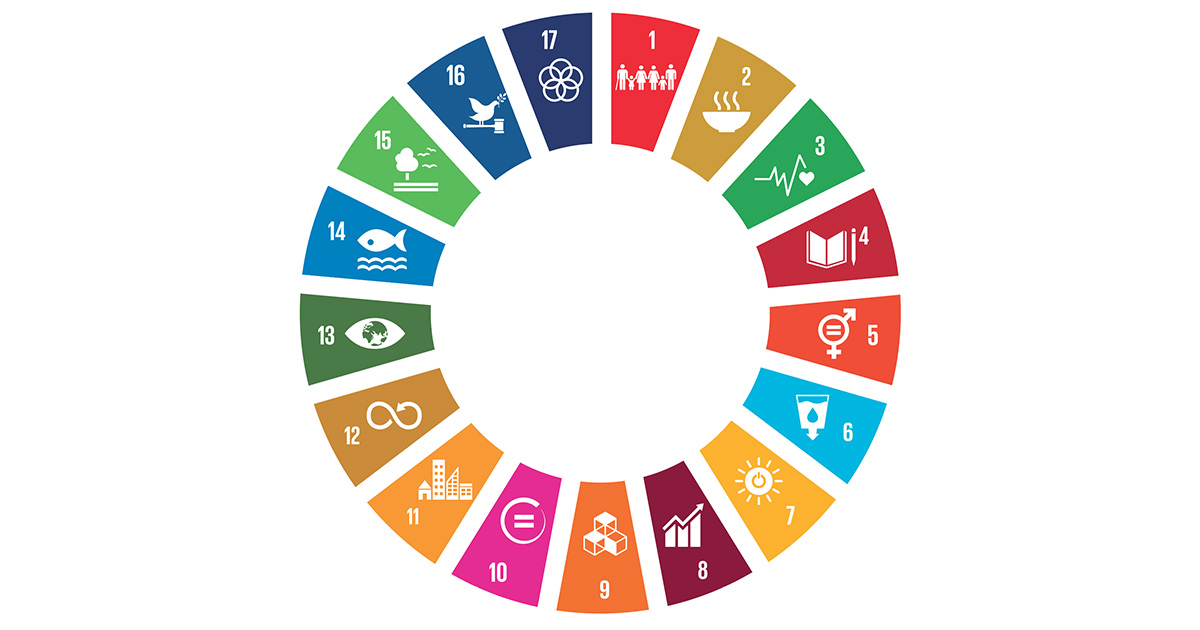Sustainable Development Goals, 3 and 4
SDG 3: Good Health and Well-being
Has global humanity ever been more focused on health? The pandemic did it. Sooner or later health and the pandemic find their way into almost every conversation and dominate the news. While many of us take health somewhat for granted, COVID19 has burst that bubble and shown us how fragile health can be.
The lack of decent health affects us in so many ways, limiting our human potential, our ability to learn and accomplish our goals, and to care adequately for ourselves and loved ones. COVID19 has unmercifully unmasked gaps, in some cases craters, in worldwide healthcare systems. Their inadequacy is there for all to see: accessibility, coverage and cost issues predominantly. The lack of healthcare, like so many other issues of social justice, is both a product and a producer of poverty in our world. Financing for the health of all is not the problem; corporate greed and lack of political will to address healthcare disparities must be addressed.
It is critical to start from the conviction that Healthcare is a Human Right. Not a privilege for some, but a necessity—a Human Right—that all should enjoy. And with that right comes the responsibility to do the common sense things that keep ourselves healthy. We wear masks now to protect ourselves and because we are only as healthy as the least heathy among us in this ever more interconnected world. Systemic Change thinking: nothing happens in isolation, everything is connected to everything else.
SDG3 works to “ensure healthy lives and promote well-being for all at all ages” and calls for every nation to prioritize our health and the health of our communities. Although less than half the global population has access to essential health services, the UN believes that prior to the pandemic, major progress was made in improving the health of millions of people. Significant strides were made in increasing life expectancy, reducing some of the common killers associated with child and maternal mortality, greater control of diseases like malaria and tuberculosis, and widespread health education learning in general.
Some forward steps towards greater global health and well-being have been reversed by the onslaught of the pandemic. We must get back on track in this regard because the world we want depends on healthy people and communities. Along with physical health let’s not forget its partner mental health, another striking victim of COVID, and support movements to destigmatize and increase access to mental health practices and resources.
Google the “targets” under SDG3 to see concrete goals to make it happen. Let’s remind people with whom we converse that Health is a Human Right and never more critical that right now. Let’s strive to protect our own health and that of those around us. “Health Solidarity” we might call it. Some might even call it a virtue.
SDG 4: Quality Education
Ignorance is not bliss. Although there are days many of us would simply like to shut out the world in blissful isolation!
But no. Education is a vital component of human development, essential to success in any field and a powerful tool for socioeconomic mobility. And in a constantly changing world, especially with the unending growth of new technologies, education is a life-long task.
It is also a recognized Human Right to which we are all entitled. It is important that we all have access to resources that can help to us to live with dignity and to create a better tomorrow; education can be a magical gateway for everyone.
SDG4 aims to “ensure inclusive and equitable quality education and promote lifelong learning opportunities for all.”
According to the UN, “about 260 million children were still out of school in 2018 — nearly one fifth of the global population in that age group. And more than half of all children and adolescents worldwide are not meeting minimum proficiency standards in reading and mathematics.” And that was BEFORE COVID left young students at home and out of school. Many kids today have now been out of school for a full year! How are they supposed to grow and develop if we are unable to provide a quality education to so many around the world? How are school children to learn if they have none of the internet tools or skills for today’s distance learning, especially children of developing countries?
A mantra currently in vogue at the UN says it all: leaving no one behind means leaving no one offline. Digital access and literacy, broadband availability—and not just at the 2g level—is fast becoming a moral duty that nations—and the private sector, which reaps vast sums of money from the sale of technology—must address.
Like so many of the SDGs, the fight for quality education requires that we lobby our governments to stand firm in expanding free and accessible higher education to all. It is important that we understand the history of education, and how marginalized groups have, throughout history, been blocked from their right to quality education. It is important that we support our school systems, and that we hear their concerns. In the United States, it is important that we educate ourselves on red-lining and other systemic injustices that surround school systems. Additionally, as we modernize and technology becomes central to learning, it is also important that we prioritize equal access to technology in schools and ensure that no child feels neglected.
Who knew there would be so much to be educated on about education? The information is endless, and all people have a right to know.
Jim Claffey
NGO representative of the CM to the UN








0 Comments